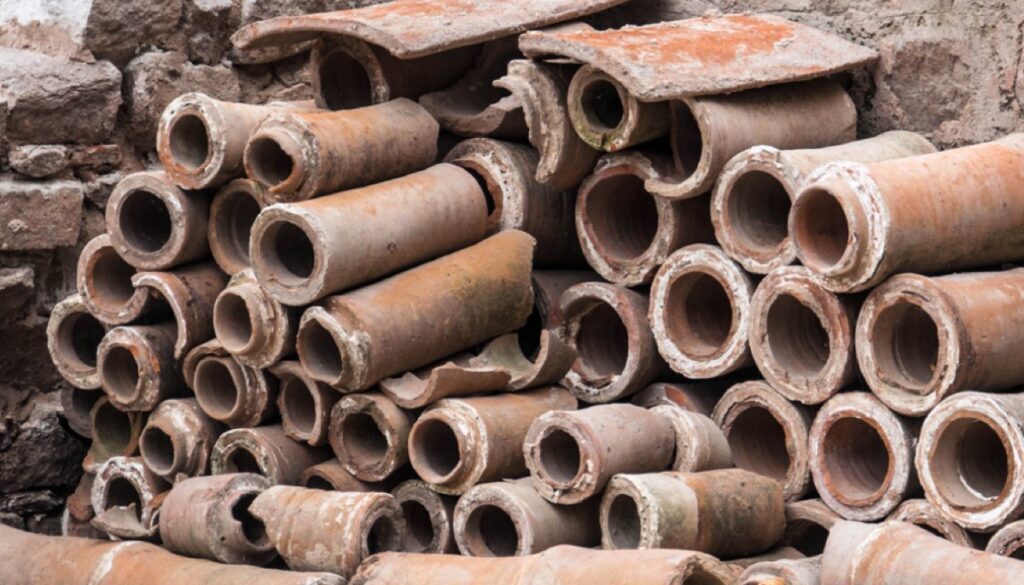Challenges seen in US plan to replace lead pipes
By Luyi Cheng
An ambitious plan by the Biden Administration to replace all lead service pipes in the United States faces a number of hurdles, a US official charged with helping oversee the sweeping project said on Thursday.
“One of the biggest barriers to getting this work done is the lack of knowledge of where the lead service lines currently are, and how many we have in the United States,” said Karen Dettmer, managing director for infrastructure implementation at the US Environmental Protection Agency (EPA) Office of Water.
States need inventories of where lead service lines currently exist to replace them, but that information could be incorrect or completely missing for many communities, Dettmer said.
Dettmer was a featured speaker at the Environmental Council of the States’ 2022 State Environmental Protection Meeting held in Arlington, Virginia. She joined panelists from individual states to discuss priorities, progress, and challenges with meeting lead line replacement goals.
The lead line replacement program is part of the White House’s Bipartisan Infrastructure Law. As part of that the EPA is allocating $3 billion to states, Tribes and Territories for lead service line replacement in 2022, and has specified an aim to prioritize “underserved communities.”
“Priority number one is getting the funding out in an equitable manner and reaching communities that have previously not had access to this funding,” said Dettmer.
The EPA estimates that there are between six million and ten million lead service lines in the country. The old leaded pipes left from before a 1986 federal ban now remain as one of the main sources of lead contamination in drinking water. The resulting exposure is especially harmful to children’s health and can negatively impact their brain development, growth, and behavior.
“There is a great need for federal investment in water infrastructure in general, but it’s so important to get that funding to lead service line replacement,” Dettmer told meeting attendees.
According to Dettmer, the EPA has historically only provided additional funding for communities with “Action Level Exceedances” — when 10% of tested homes that share a public water supply already contain over 15 parts per billion of lead.
“That is no longer the case,” she said.
State officials speaking at Thursday’s meeting agreed there is an urgent need to address lines in disadvantaged or underserved communities that are more likely to experience high lead exposure.
Developing communication toolkits to share information effectively and consistently about lead risks with citizens is important, Laurie Stevenson, director of the Ohio Environmental Protection Agency, said at the meeting.
“Let’s continue to talk to each other, to learn from each other, and to rely on each other,” said Stevenson. “I think it’s important to continue to have these discussions about our challenges, opportunities for succeeding, and where we need support.”
 EWG
EWG


